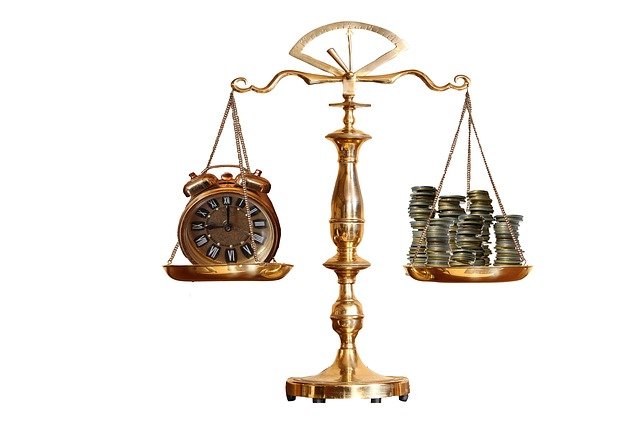
Key Questions for Investors in 2022: #1 Should I Stay in the Equities Markets?
After two strong years in equity markets investors may well be echoing The Clash and asking themselves “Should I stay or should I go?” For most investors, the answer is a qualified “stay.” Over many years, equities are winners versus bonds, cash and inflation. U.S. equity markets rise twice as often as they fall and timing markets successfully is extremely difficult. So, if you have a time horizon of five years or more, stocks are the place to be.
Now the qualifier:
Markets fall, sometimes sharply. Would a 20% drop in equities cause major change to your financial health? If so, you shouldn’t have all your assets in equities, you should own enough safe, reasonably liquid assets to outlast the drop in stocks without needing to sell any.
This is a “balanced” portfolio.
The “balance” depends on many factors: the size of your investments relative to your financial needs, spending and risk tolerance. To us, balanced portfolios range from having 50% to 70% in equities and, conversely 50% bonds/cash to 30% bonds/cash. With a balanced portfolio comes a key concept – “rebalancing,” or bringing your asset allocation back to something you are comfortable with from time to time. Although this part of investing doesn’t get much glamour it is as important as the search for returns in managing portfolios. It is a good thing to think about in the early part of the year.
This is particularly true this year, especially for investors at or near retirement, or for investors about to complete any major purchase using recent market gains.
After two very strong years for U.S. markets (S&P 500 Index up 18.4% in 2020 and 28.7% in 2021), the S&P 500 Index has a two-year return of 52.4%. This could put a balanced portfolio out of balance. A $100,000 portfolio at year-end 2020, of $60,000 S&P 500 stocks and $30,000 (1-3 year) bonds would be worth about $132,100 at year-end 2021. The stocks would be worth about $91,400 and the bonds $40,650 so it is now 69% stocks 31% bonds. Not terrible, but this might be risking more than you want at this time.
As a general “rule of thumb,” investors with longer time horizons can invest more of the funds in equities than investors with shorter time horizons. Investors with long horizons have time to recover from inevitable market declines. Not so with investors who are retired, or are soon to be retired, and will depend on their savings for retirement.
The past few decades have given us several examples of where a balanced portfolio made a loss much more tolerable than a pure equity portfolio would have. They include:
Q120 when Covid hit – the S&P 500 was down about 20%, a 60/40 portfolio fell 11%.
Q418 when the S&P 500 fell 13.5% but a 60/40 portfolio fell 7.7%.
2008, the financial crisis year, when the S&P 500 lost 37.0% and a 60/40 portfolio lost 21.2%.
2000-2002 “tech” bubble during which the S&P 500 fell 37.6% but a 60/40 portfolio lost 17.2%.
The smaller drops of a balanced portfolio in periods of deep market declines made it easier for those portfolios to recover. This may not be important to investors with long horizons and have plenty of time to recover, but to investors who are retired, or are soon to be retired, and will depend on their portfolios for living expenses, smaller, at least when it comes to losses, may be better.